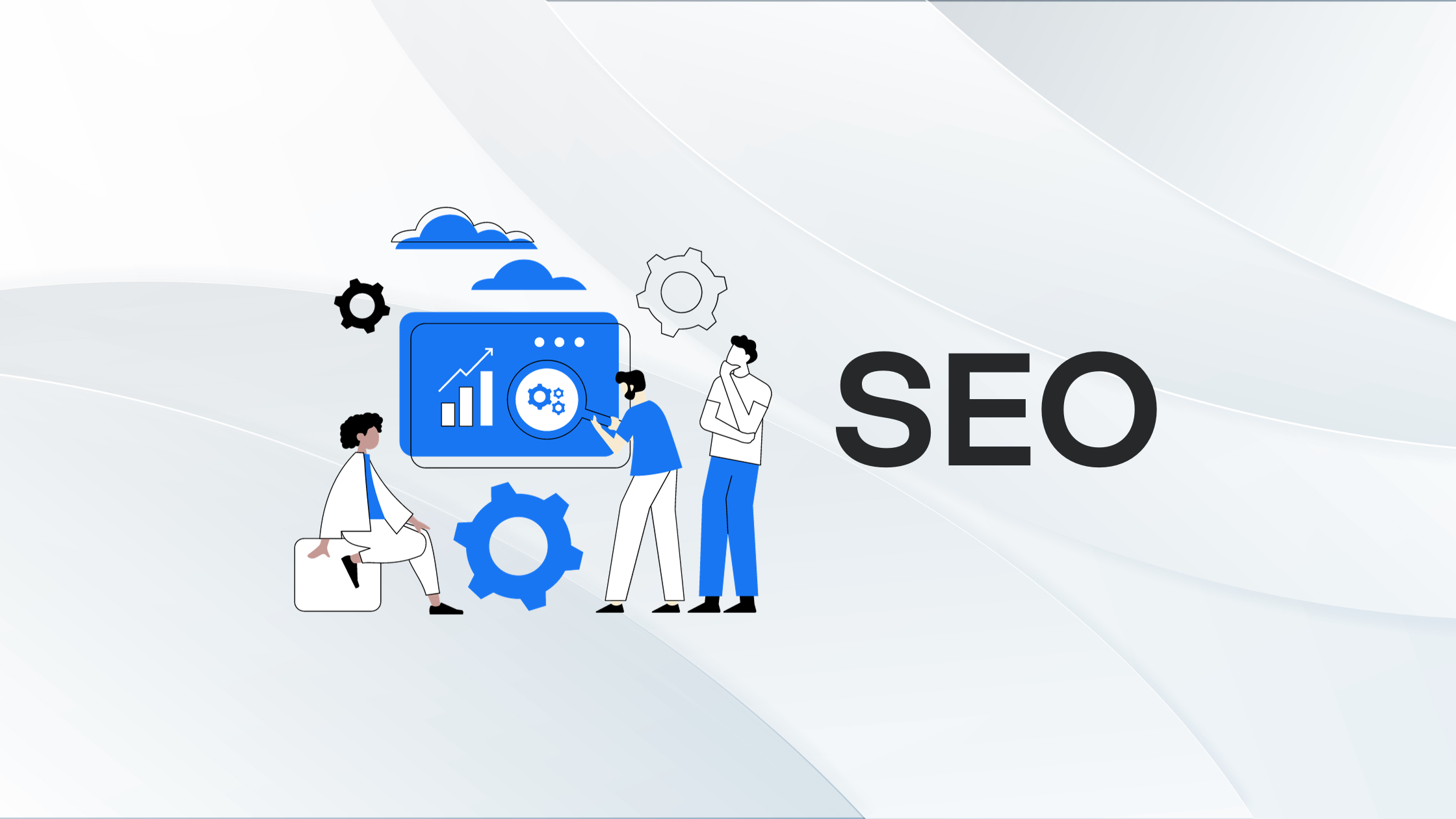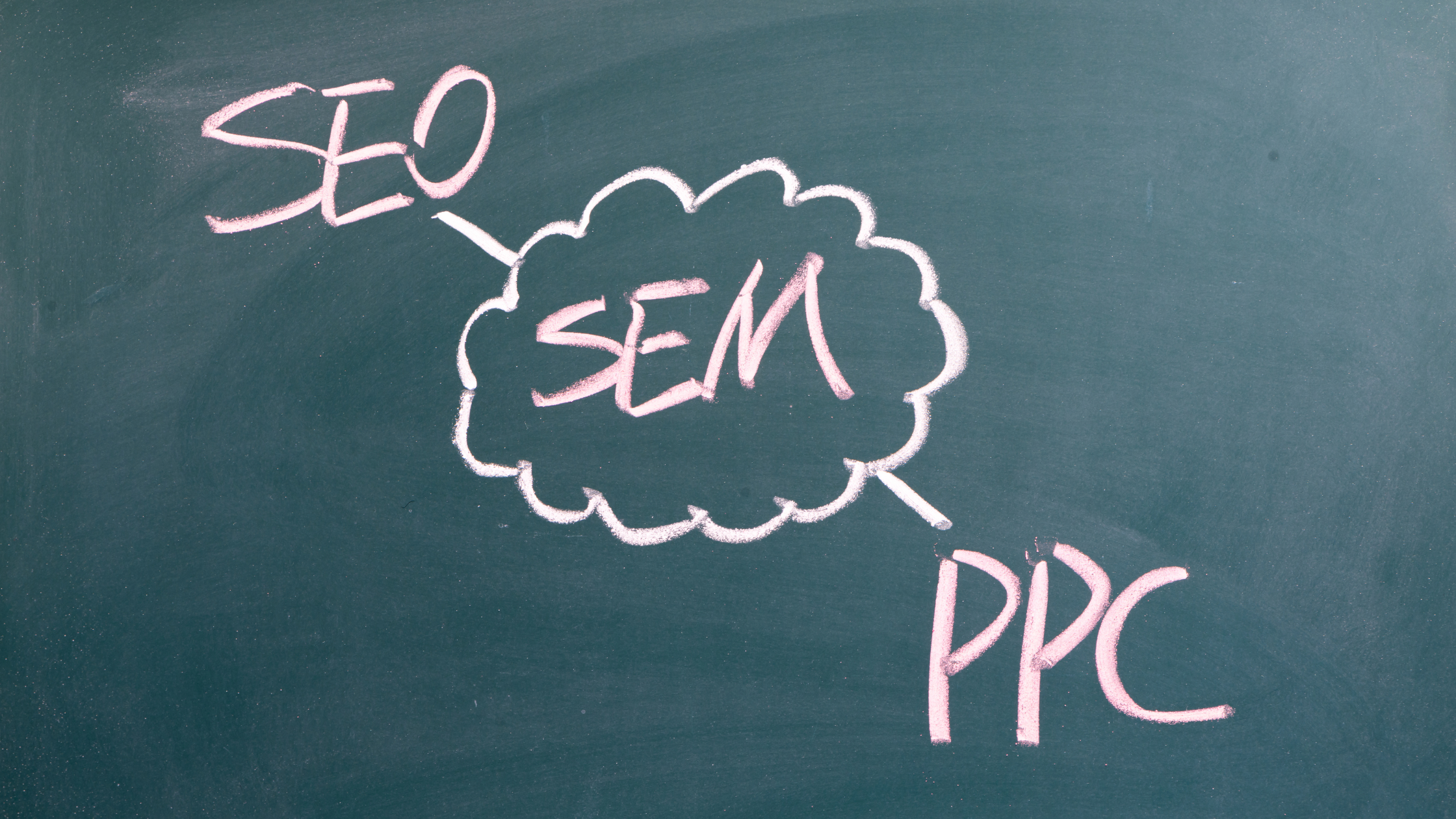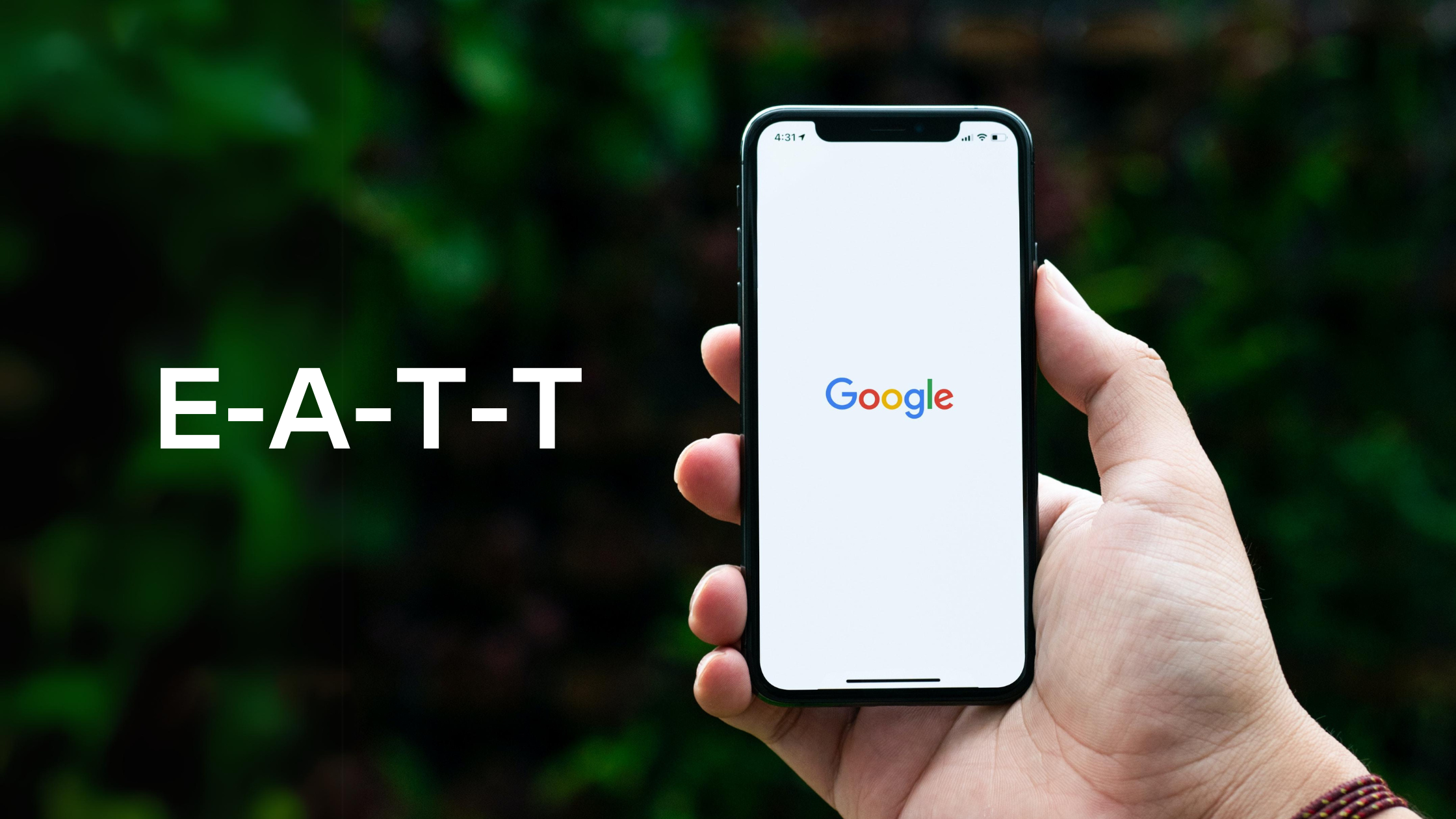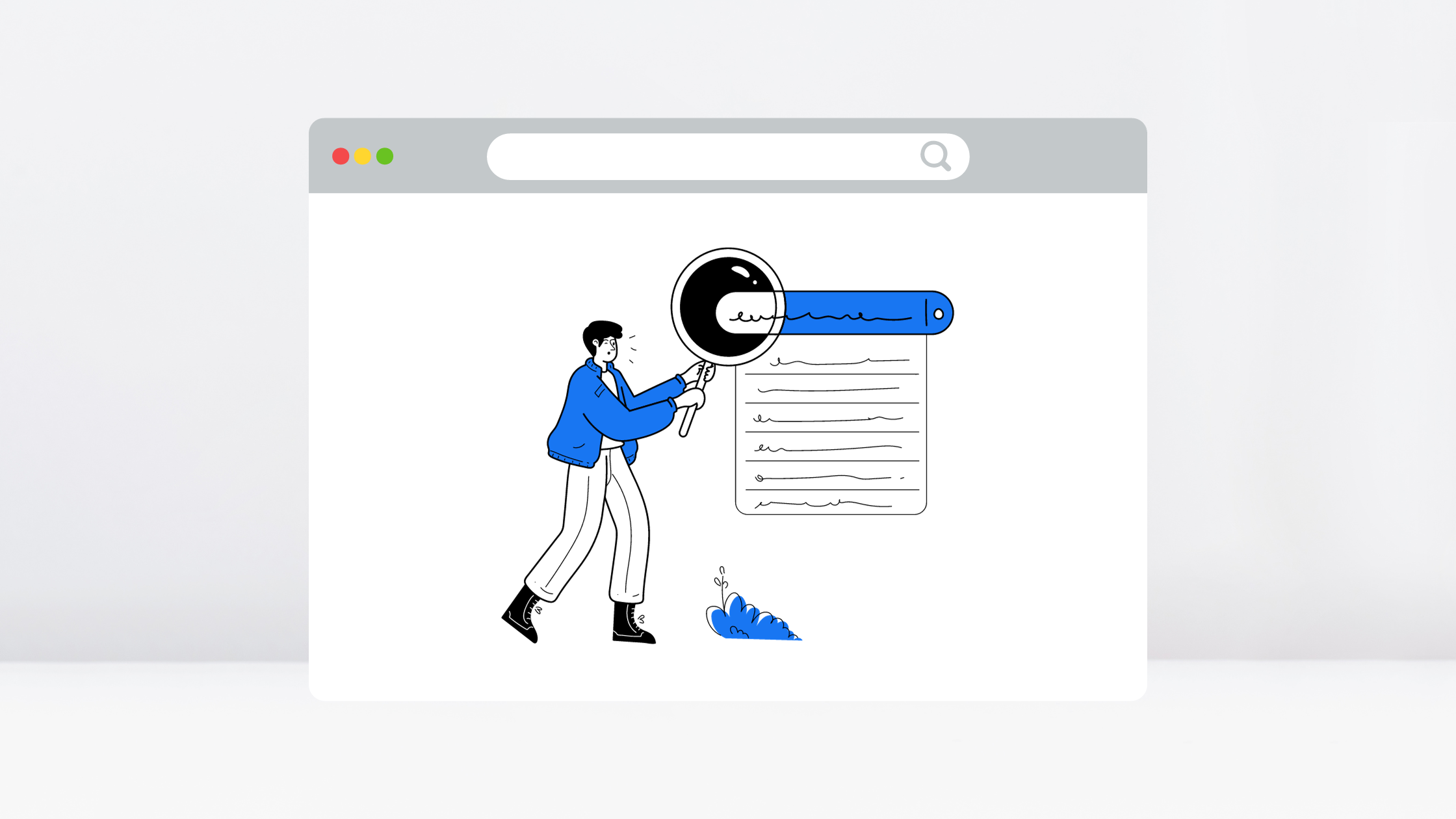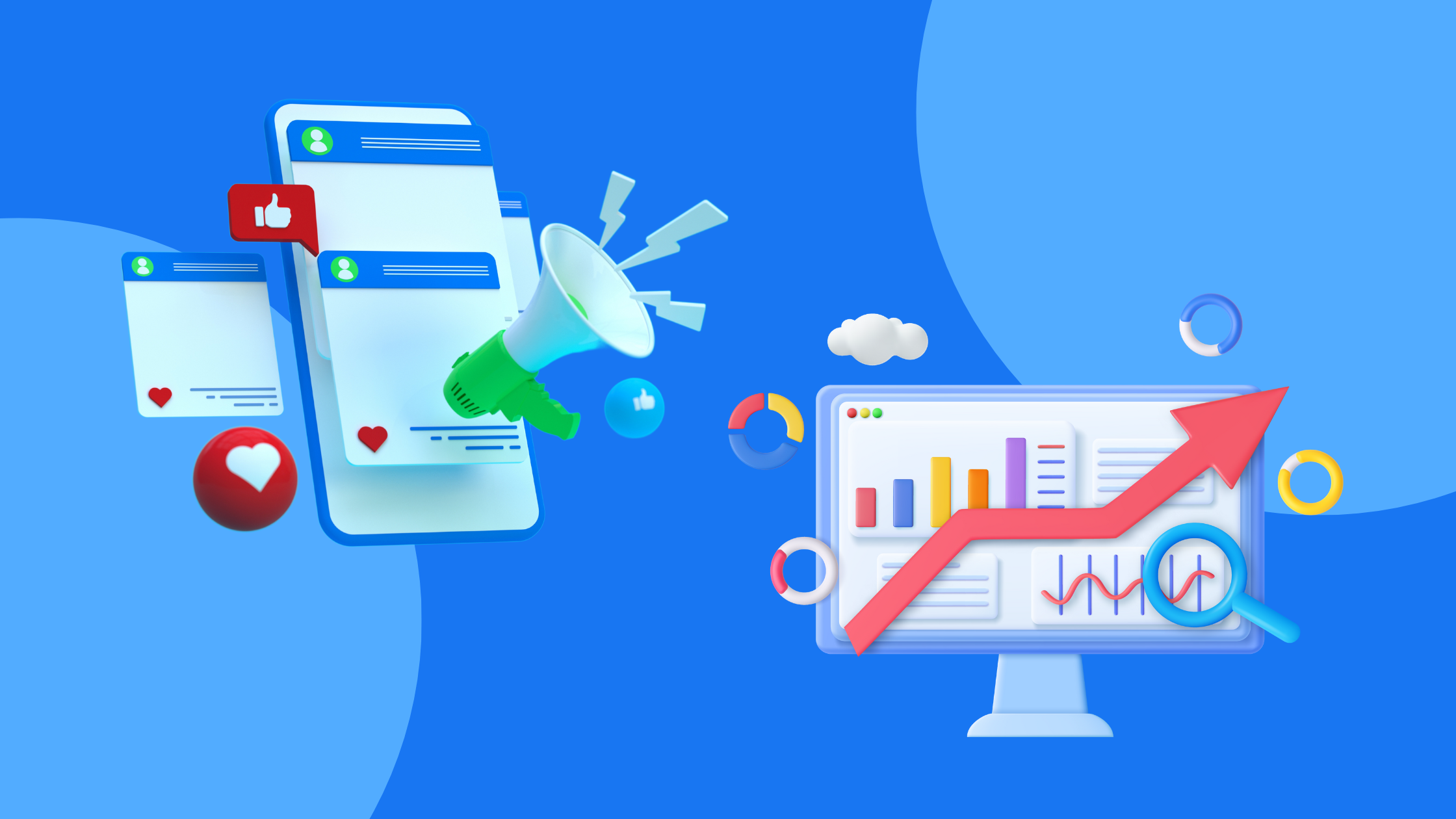The PPC Landing Page: 4 Tips to Get Higher Conversion Rates
Control landing page traffic through conversion rate optimization based on geography, engagement levels, and intent to drive higher conversion rates.

Done right, PPC is one of the best ways to drive the right traffic to the right landing page. Unfortunately, its effectiveness as a method of targeting qualified, high-intent traffic makes it competitive (and often expensive) to get clicks.
Thankfully, conversion rate optimization (CRO) is a simple idea: make every webpage as effective as possible at getting customers to “convert” from one stage in the desired process to the next.
Even if you don’t have enough traffic to conduct a classic A/B test on every landing page (this is a reason for CRO after all), that doesn’t mean you can’t take a research-driven approach to optimizing. To help you out, here are some tips to test out variants on low-traffic landing pages to drive higher conversion rates for your business.
Be local, be relevant
Even if you’re a national or international advertiser, giving the impression of a local presence is one way to be more relevant to your visitor. A simple strategy to attract more conversions is to break down campaigns based on state-specific areas by utilizing local area code phone numbers or highlighting visitors’ locations on the landing page.
International marketing firm, Engine Ready, performed an analysis of the strategy by examining how using local phone numbers fared against 800 numbers:

The use of a local number nearly doubled conversions. They also examined how a local phone number impacted the number of phone calls received and found a similar doubling of engagement.
Adding visual cues based on location, whether generalizing or specific, can also establish relevance for visitors and increase traffic. For example, including palm trees as visual cues for a company based in Orange County creates regional specificity:

Paired with area code specific phone numbers, location-based visual cues help to increase conversion rates by increasing relevance to regional visitors.
Use multiple steps and fields
While seemingly counterintuitive, adding more fields and more steps to your forms drive get higher conversion rates. First impressions that require name, email and phone number are “threatening” in the sense that assistance will require sacrificing anonymity.
Adding additional fields and steps to forms is possible, but only if the more “threatening” personal information occurs at the end:

Split into two landing page steps, the tactic essentially encourages visitors to engage in the initial steps towards an exact quote via simple responses, without sacrificing anonymity. For Advanced Grass, the results from switching to this multi-step landing page model resulted in a 214% increased conversion rate.
The essence of the strategy is to attend to the weak human attention span – a cool eight seconds (one second less than a goldfish). When you provide multi-step landing pages, visitors sense a more efficient solution than awaiting an email or phone call from lengthy contact forms.
Pre-qualifying questions also create the expectation that completing the first step of a multi-step funnel will move them closer to the answers for which they’re looking.
Click Heat Maps
You don’t need A/B testing to be able to understand visitors’ behaviors. Click Heat Maps are an effective tool that analyze visitors’ scanning behavior and tell you exactly where people are clicking. They may even be able to indicate whether clarity is needed on the landing page or how the position of your call-to-action buttons could be made more effective.
Here’s an example of a company located within a niche industry whose low traffic and conversions prompted this Heat Click Map analysis:

Surprisingly, the subheading “FIND” received the most clicks, yet the text itself – when clicked – didn’t lead to anything. It also implied that visitors didn’t want to initially fill out a form; instead, they wanted to find a speaker.
The subsequent change involved linking the subheading to the client’s speaker directory and, almost overnight, the page began generating significantly more leads.
Match CTA offers with visitor intent
When it comes to intent, one size doesn’t fit all. You can’t use the same landing page or the same call-to-action for all your PPC traffic. At the low end of the spectrum, a visitor may have clicked on a display ad while intently searching for something else, or it may be that a visitor comes from a warmer place by intentionally searching specific keywords.
Here are some ideas for varying your CTA offers depending on the PPC channel:

It’s important to consider that conversion involves a funnel of different levels of engagement. Therefore, visitors in the final stages with higher intent levels will react more positively to more involved or “hotter” CTA offers.
Customize to optimize
While most of these tips address specific granular changes, customizing your PPC landing pages can give you greater control over your ad spend. Ultimately, there’s no one-size-fits-all approach, but the primary purpose behind conversion rate optimization is to stop investing in the elements that aren’t working and spend more time and budget on qualified users.
As always, keep in mind the visitors’ intent and placement within the conversion funnel. Addressing motivation, location and purpose will result in a greater response to convert on your CTA. For professional assistance with web design, redesign and PPC campaign management, contact RLC Media.
/http://www.rlcmedia.com

